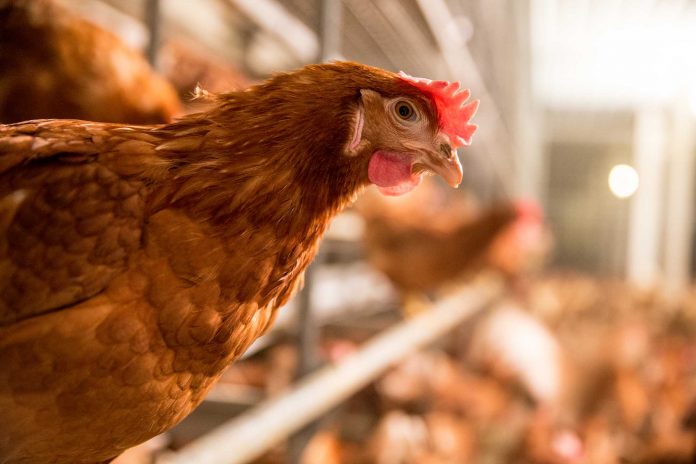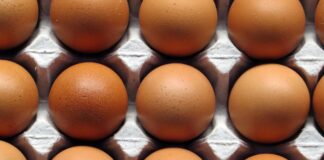
In collaboration between Animal Breeding and Genomics (WUR), Breed4Food and the COST Action GroupHouseNet, a review paper was written on how sensor technologies can aid in selecting against feather pecking in laying hens.
Feather pecking
Livestock are often kept in large groups under commercial circumstances. Identifying and monitoring individuals in these groups is a challenge, and especially monitoring damaging behaviours, like feather pecking (FP) in laying hens, is difficult. FP in laying hens often leads to welfare and economic problems in commercial poultry production. FP is a socially-affected trait, i.e. it depends both on the hen’s ability to avoid being pecked (direct genetic effect or victim effect) and on the pecking behaviour of her group mates (indirect genetic effect or actor effect).
So far, behavioural observations have been used to collect information on activity, fearfulness and FP behaviour. However, this is time consuming and difficult to apply in commercial situations. With the use of sensor technologies, such as ultra-wideband (UWB) tracking, computer vision (CV), accelerometers, or radio frequency identification (RFID), there is potential to track and monitor individuals in large groups, and to identify FP and victims. Furthermore, developments in the field of animal breeding can be used to link information obtained from sensor technologies to an individual’s genotype. This could help us to identify regions or gene expression patterns that provide further insights into FP behaviour and provide tools to reduce the incidence of FP behaviour.
In a collaboration between Animal Breeding and Genomics of Wageningen University & Research, Breed4Food and the COST action GroupHouseNet, we studied how sensor technologies can aid in studying feather pecking in laying hens. The aims of this study were to give an overview of sensor technologies that can be used to identify individual birds and phenotype FP behaviour, describe the use of “-omics” approaches to understand FP, and to discuss indicator traits from both “-omics” and sensor technologies, as well as to discuss applications to animal breeding. Recently, a review paper with the results from this study was published.
Sensor technologies
There are a variety of sensor technologies that could be used to identify and monitor individual birds kept in a group. So far, most of the studies focus on using body-worn sensor technologies in small groups, or using body-worn sensors to monitor pop holes, range, and nest usage. Previous studies in Phenolab (Wageningen University & Research) showed that the UWB system was able to detect the location of a bird with 85% accuracy, compared to a human observer. Furthermore, the system was able to detect differences in activity between hens selected as high FP birds and hens selected as low FP birds. The UWB system could also be used to examine proximity of hens in relation to each other.
CV has been used to recognize and follow individual animals. However, application in poultry is limited, because it is difficult to identify individual birds due to 1) problems in initial object recognition, i.e. separating birds from a uniform background (litter), 2) piling of the birds on top of each other, and 3) flocking of birds together. However, a combination of different sensor technologies might offer solutions. For instance the combination of RFID/UWB and accelerometers enables us to register the location of a bird and the directional movement and speed, which could indicate FP behaviour, whereas a combination of RFID/UWB and CV enables us to monitor distribution patterns of birds and register proximity.
Current developments in “-omics” and sensor technologies offer possible solutions to reduce FP. We argue that a combined sensor and “-omics” approach has great promise to contribute to the breeding program to select against complex behavioural traits such as FP, particularly when different sensor types, such as CV and RFID/UWB, are combined.
Publication: Ellen et al. – Review of Sensor Technologies in Animal Breeding: Phenotyping Behaviors of Laying Hens to Select Against Feather Pecking. Animals 2019, 9(3), 108.
Source: Wageningen University & Research

















